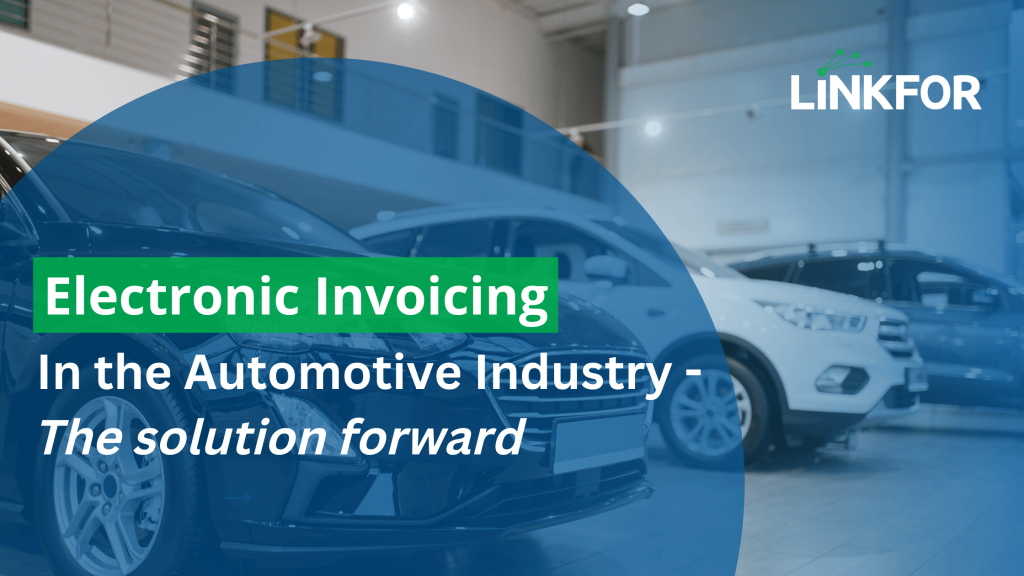
The automotive industry constantly strives to improve both quality and efficiency in invoice processing. The Singaporean Peppol eInvoicing network (InvoiceNow) is gaining significant traction with over 50,000 organisations having signed up to streamline their invoicing process, automate their workflows and boost efficiency.
E-invoicing in the Automotive industry
E-invoices contain all of the same information as traditional invoices, but in a digital format.
Electronic invoicing, or e-invoicing, is the digital exchange of invoice data between a supplier and a buyer in a structured format. The structured format of e-invoices allows accounts payable systems to automatically process each invoice field quickly and efficiently, starting the invoice processing cycle immediately.
Here is an overview of the e-invoicing process:
- The Automotive Supplier creates the invoice in their accounting system as per usual and pushes send.
- The invoice travels through the Peppol eInvoicing Network.
- The Automotive Customer’s accounting system automatically receives the invoice data, populated right where it needs to be, moments after the invoice was created.
- The Customer reviews the invoice and approves (or denies) it without any manual entry.
The entire e-invoicing process, whether you are a supplier or a customer, can be completed in a matter of minutes which can free up the finance team to focus on other tasks.
E-invoicing adoption results
eInvoicing offers a number of benefits to automotive companies, including:
- Security: E-invoicing is much more safer than paper invoices or the existing email system.
- Cost-effective: According to research, paper-based invoices and PDF invoices are more expensive to process than an e-invoice.
- Rapid payments: As a supplier, you can gain accelerated payment cycles of up to 3x faster payments. As a customer, you can improve your supplier relationships.
- Scalability: Ability to handle large volumes of invoices with no delays.
- Enhanced supplier and customer experiences: Easy accessing, reviewing and tracking invoice and payment status.
How to implement e-invoicing in your business?
To ensure a smooth transition to e-invoicing, it is important to consider some key elements:
- Identify your invoicing goals.
- Choose your e-invoicing provider based on experience and skills.
- Integrate your existing accounting system with e-invoicing.
How can LinkFor help?
At LinkFor, we offer e-invoicing solutions for businesses of all sizes, helping them send and receive invoices easily and improve supplier-customer relationships.
Our team of experts is here to support you every step of the way and ensure all your invoicing goals are met. Discover more about LinkFor e-invoicing at www.linkfor.asia.